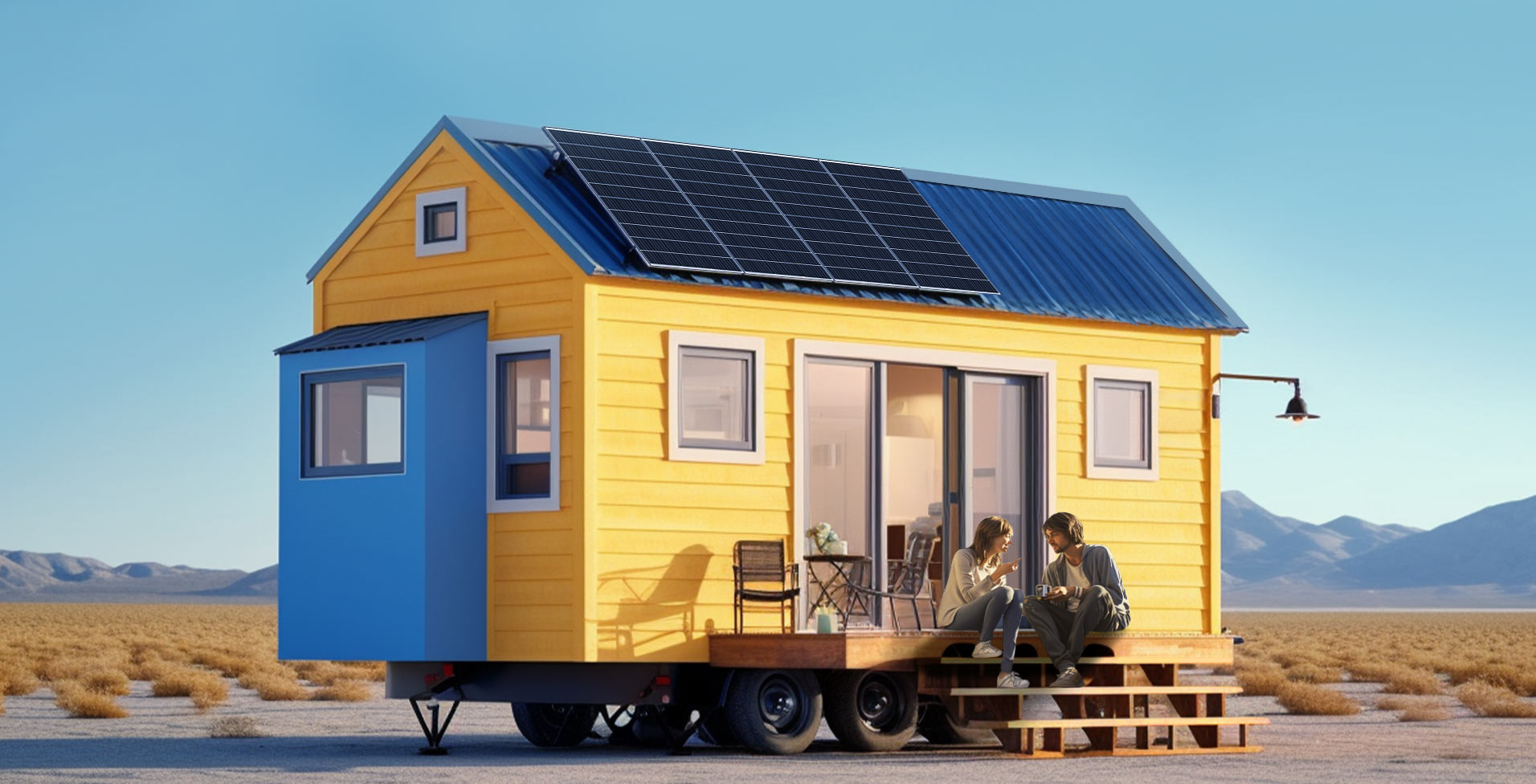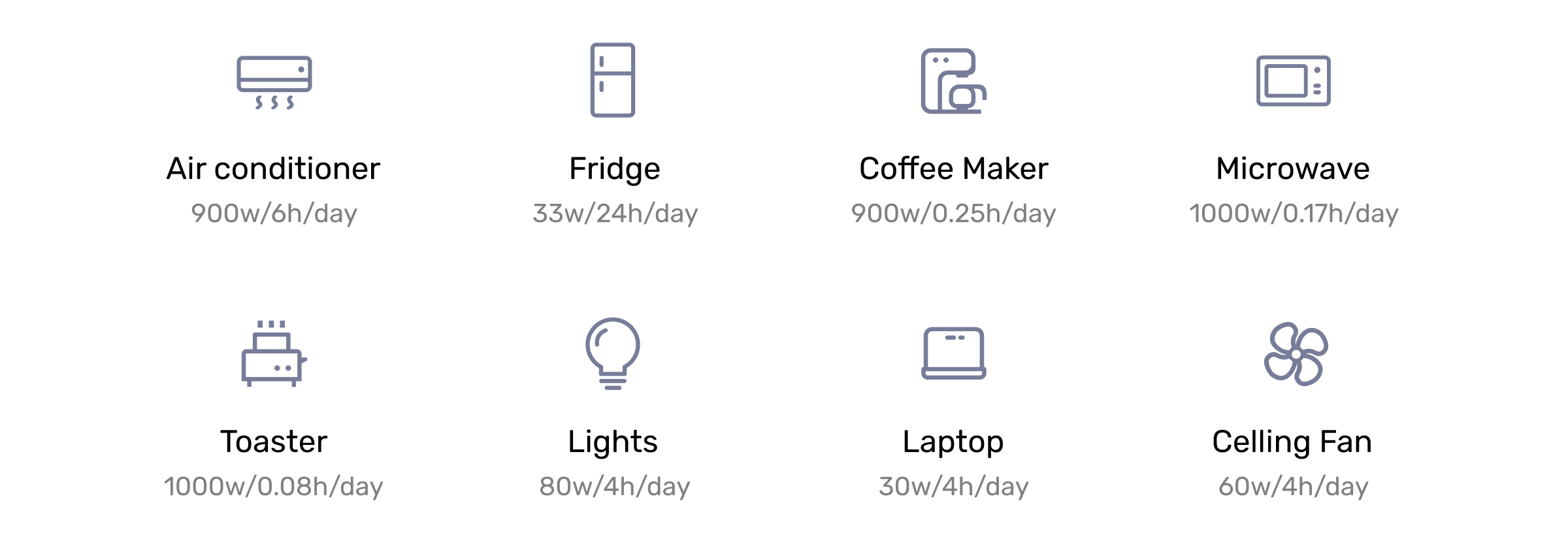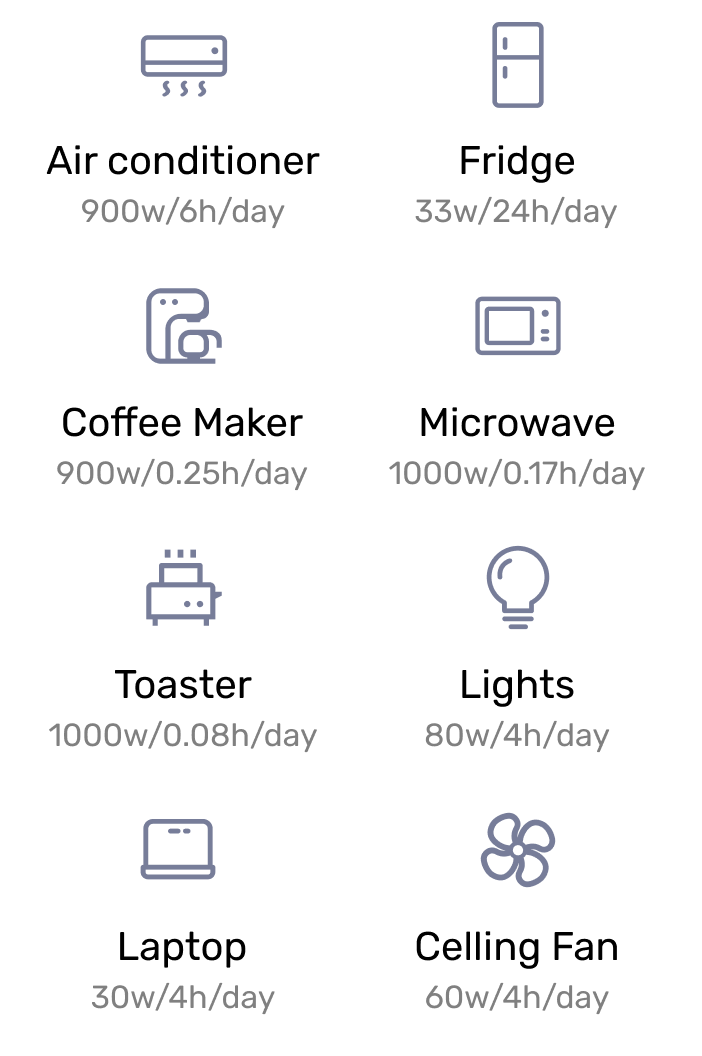KEY FEATURES
More than 1O million solar panels sold












Package Includes
|
Module Performance |
|
|---|---|
| Operating Voltage | 8-60 VDC (5 VDC for USB Type-C) |
| Power Consumption at 12V | Operating, WiFi On, 100% illumination: 3.2 W Operating, WiFi On, 50% illumination: 2.4 W Operating, WiFi On, 0% illumination: 1.9 W Off, logger still active: 1.5 W |
| Communication | Wi-Fi (IEEE 802.11b/g/n 2.4 GHz) Bluetooth LE and Bluetooth Mesh Zigbee 3.0 (IEEE 802.15.4) RS-485 |
| Touch Screen | 4 inches (480 x 480p) |
| Leveling Range and Accuracy | ±89°, 0.1° |
| Warranty | |
| Model | |
| Operating Temperature | -4℉ to 158℉ (-20℃ to 70℃) |
| Operating Humidity | 0% to 95% RH |
| Operating Altitude | Less than 5000m above sea level |
| Installation | Flush mount or place on a table |
| Dimensions | 4.17 x 4.17 x 1.05 in (106 x 106 x 26.6 mm) |
| Weight | 0.28 lb (128g) |
| Certification | CE, FCC, RoHS, TSCA, BQB, IC-ID |
| Warranty | 2 years |
Warranty Information
| Panels |
25-year power output warranty: 5 year 95% output warranty, 10 year 90% output warranty, 25 year 80% output warranty 5-year material and workmanship warranty |
| Accessories | 1-year material and workmanship warranty |
1. How many solar panels and batteries do I need to run an AC?
The number of solar panels and batteries needed to power your AC unit depends on the AC unit’s power consumption, and typical duration of usage. To run a 12000BTU mini-split AC unit (which is commonly used in tiny homes) for several hours per day, we recommend between 1000 and 2000 watts of solar, and between 4 and 8 kilowatt-hours.
































